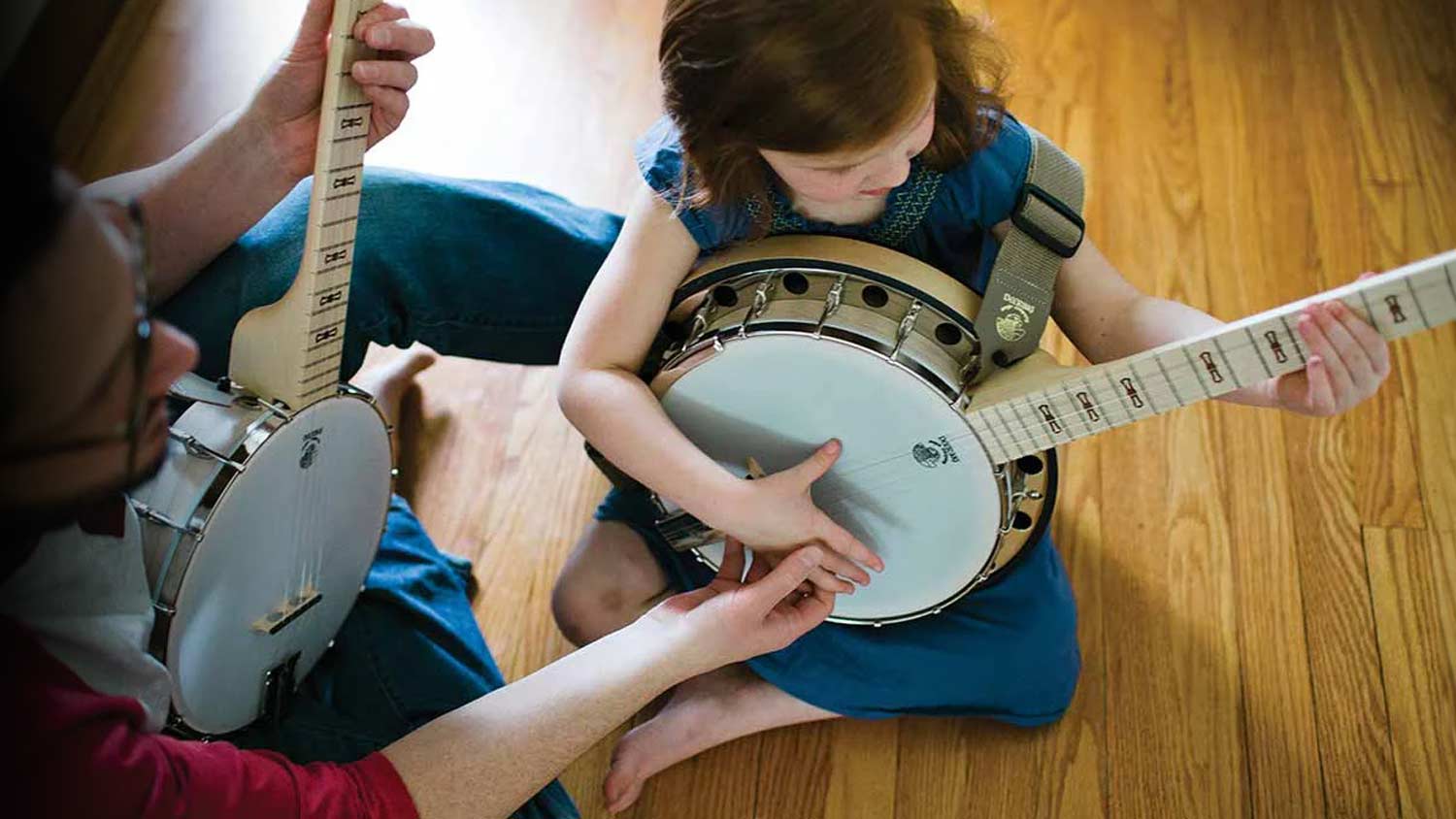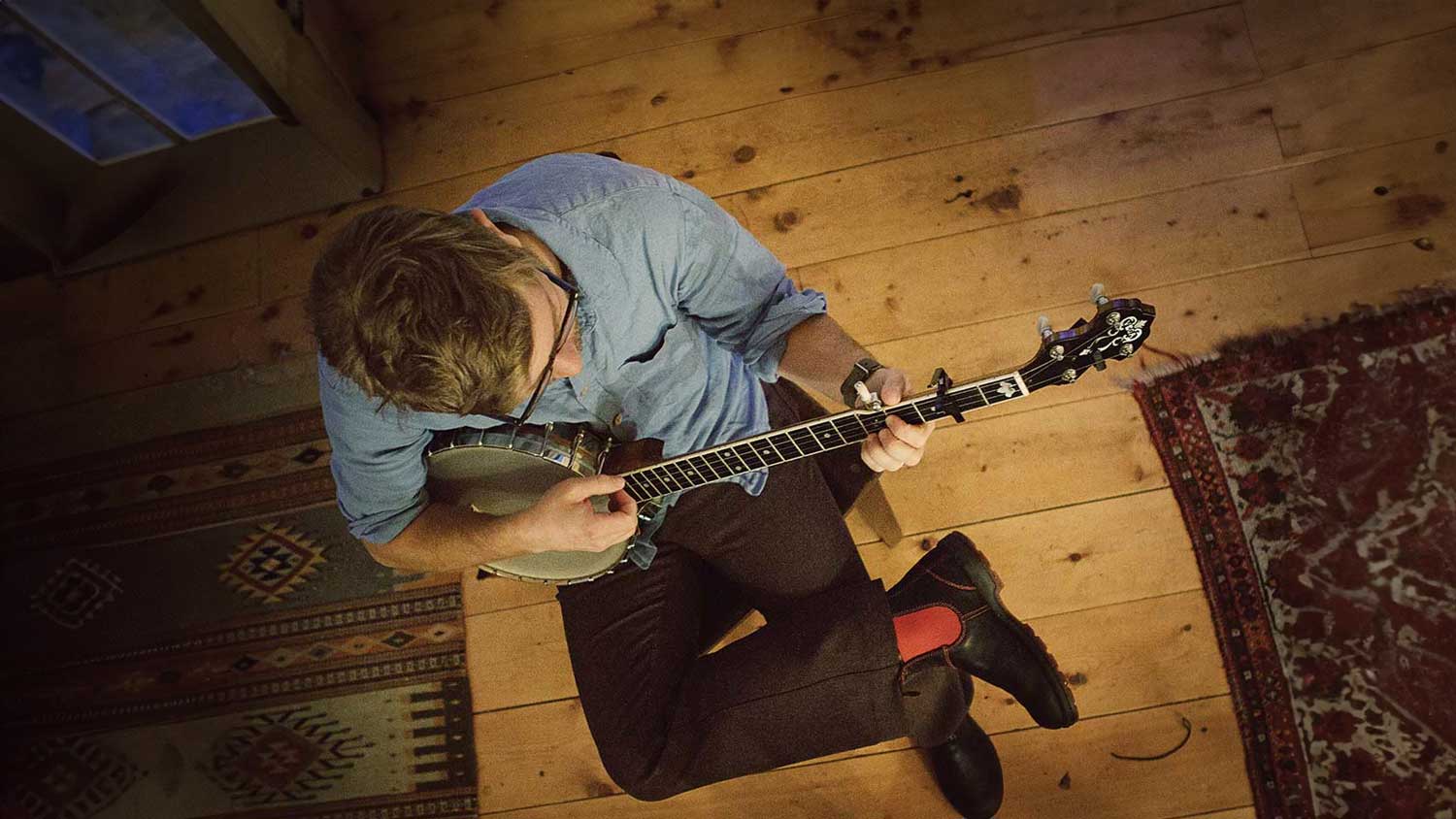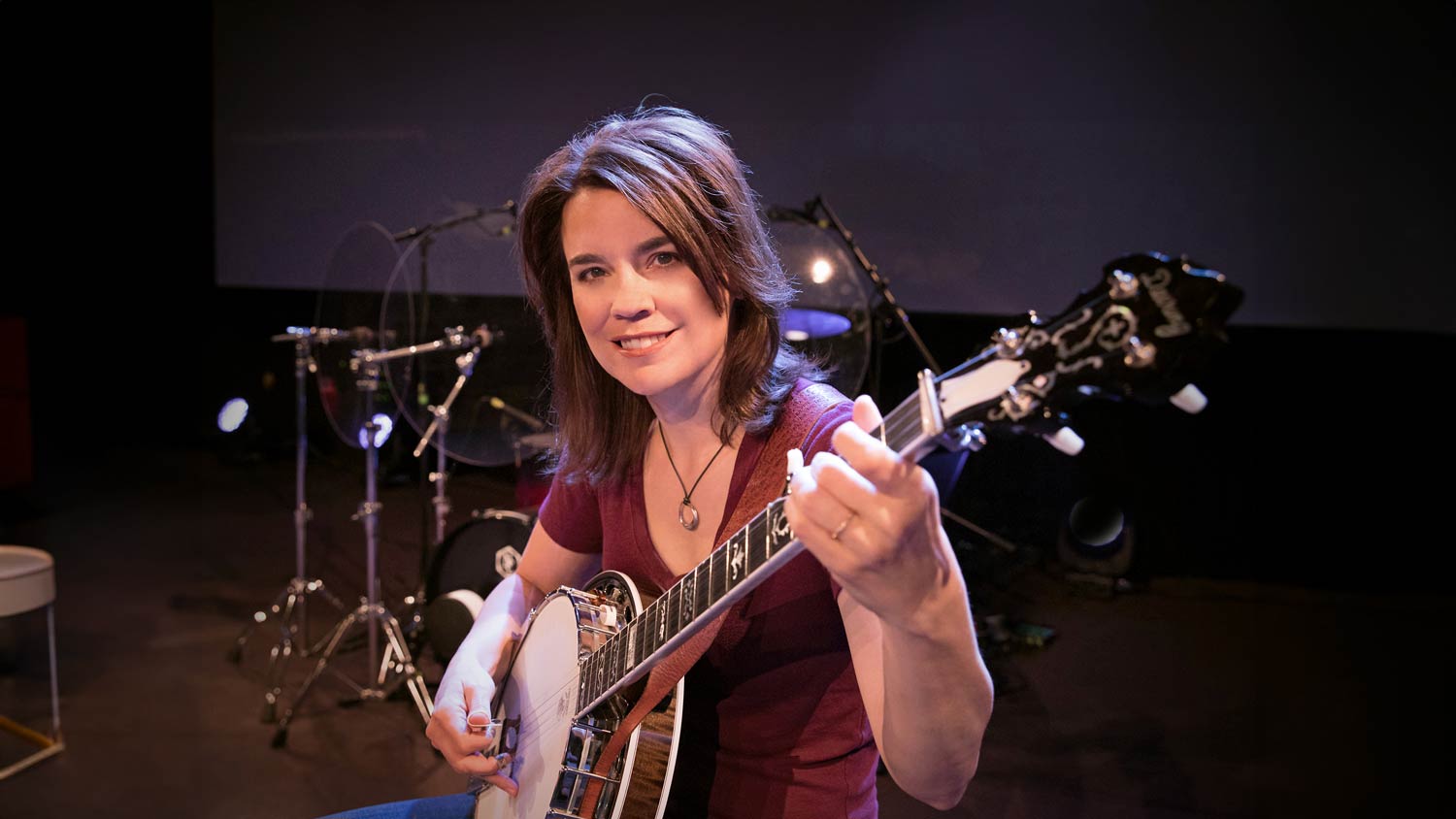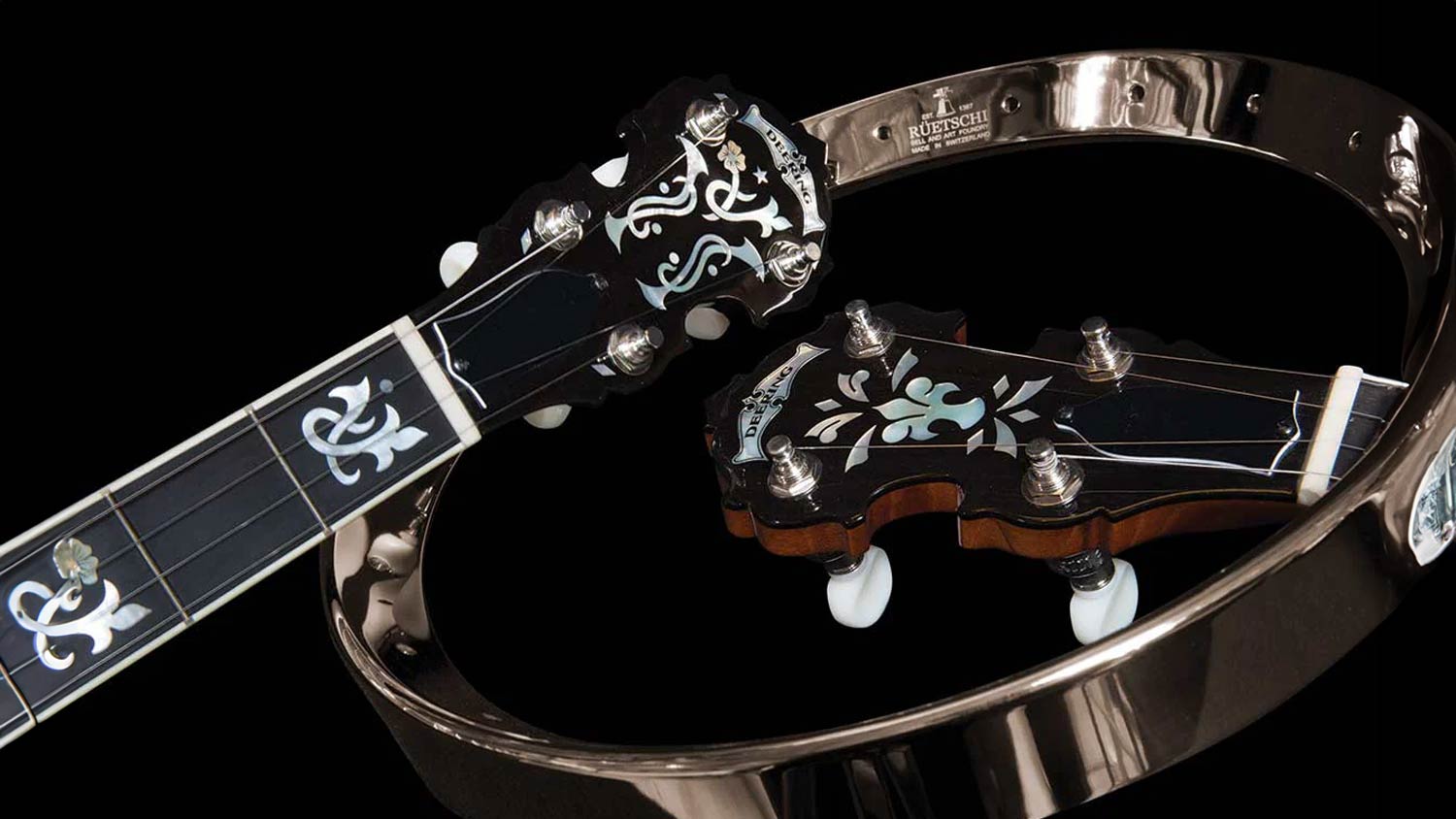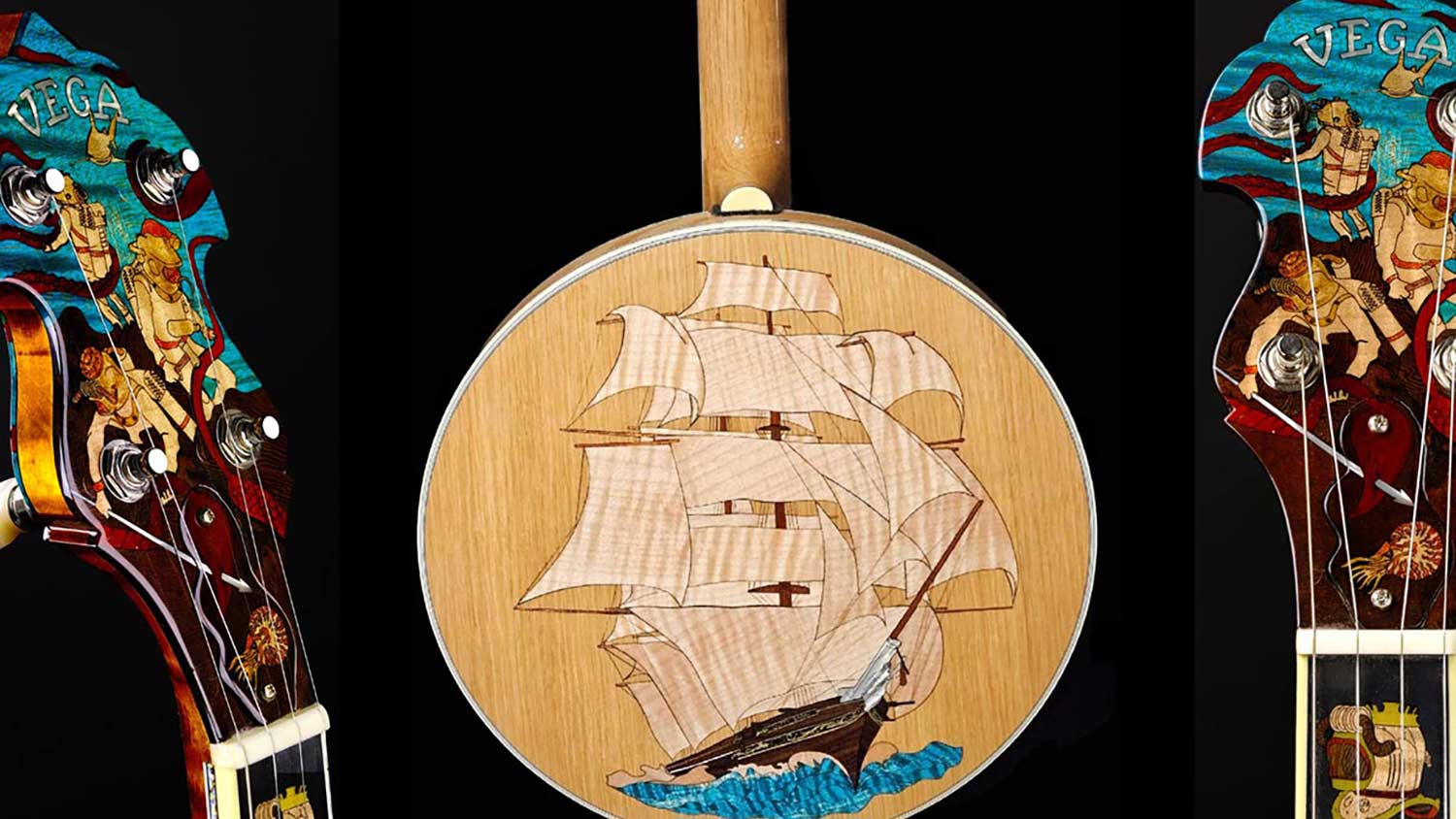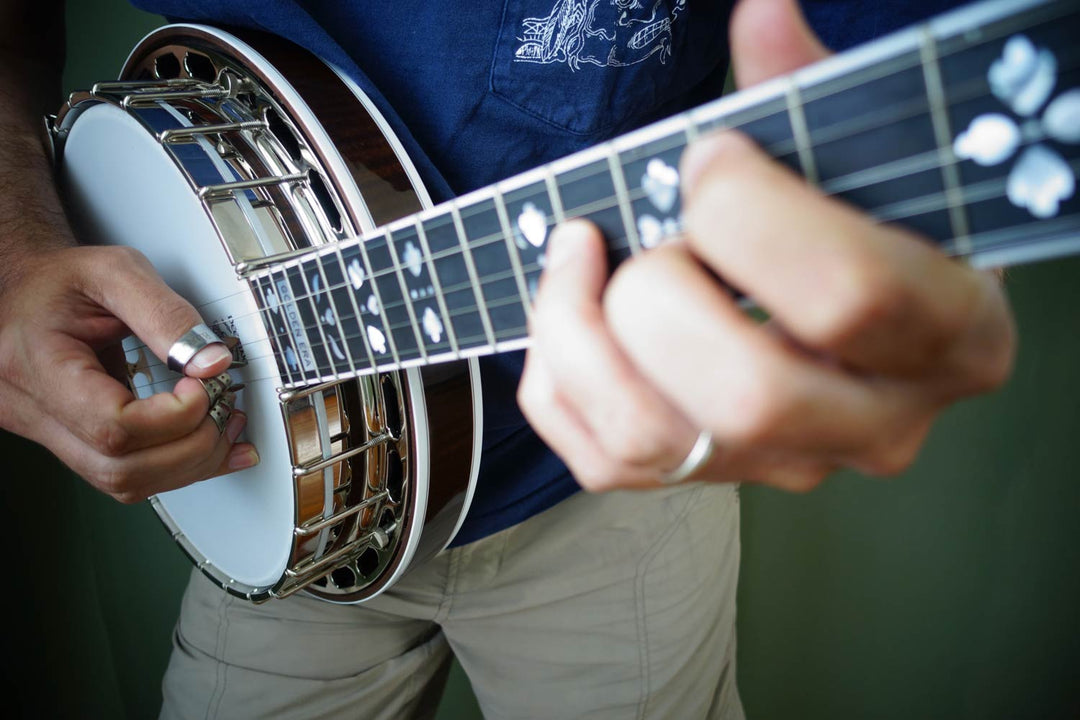
Banjo Teacher Locator
Have you said to yourself "where can I find a banjo teacher near me?" Now you can use our banjo teacher locator to find a banjo teacher close to where you live.
You can use the check boxes below to narrow your search and find the teacher that fits your playing style and proficiency level.

Banjo Video Lessons
View our library of banjo video lessons covering all styles of banjos and playing styles. These videos are led by some of the top players around, including Tony Trischka, Jens Kruger, and more!

Banjo Demo Videos
Watch and listen to Deering artists play our banjos and choose your favorite tone!
Artists such as Alison Brown, Jens Kruger, and more give some amazing performances and allow you to hear the nuances in all of our banjos.
What Sets Deering Apart
Made In U.S.A.
All of our banjos are made by passionate banjo craftsmen and women in our Spring Valley, California shop.
Family Owned Since 1975
Deering Banjo Company was founded by Greg & Janet Deering in 1975 and continues to be family owned & operated. Today Greg & Janet's daughter Jamie Deering is the CEO of Deering Banjos.
Banjo Experts
Deering makes banjos. We don't make other instruments. We focus on what we do best and do it at the highest level.
ACCESSIBILITY STATEMENT
If you are using a screen-reader and are having problems using this website, please call 619-464-8252 or contact us for assistance at info@deeringbanjos.com
